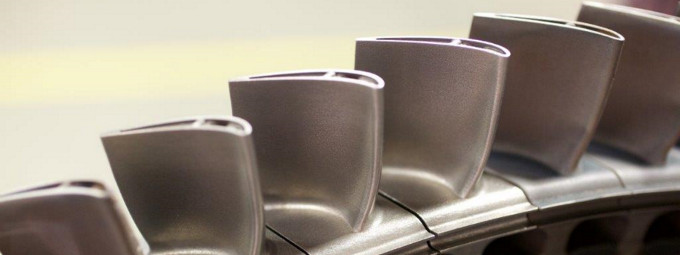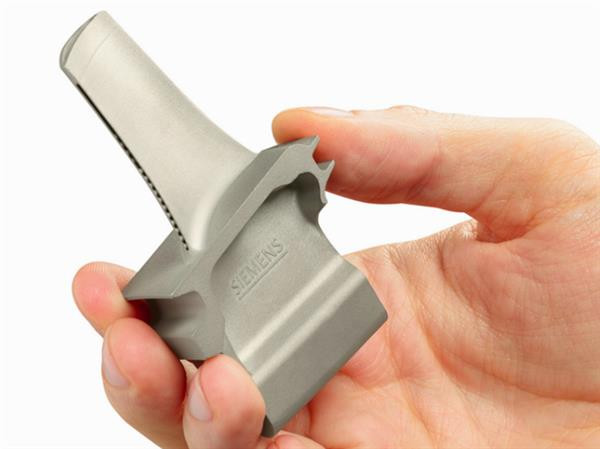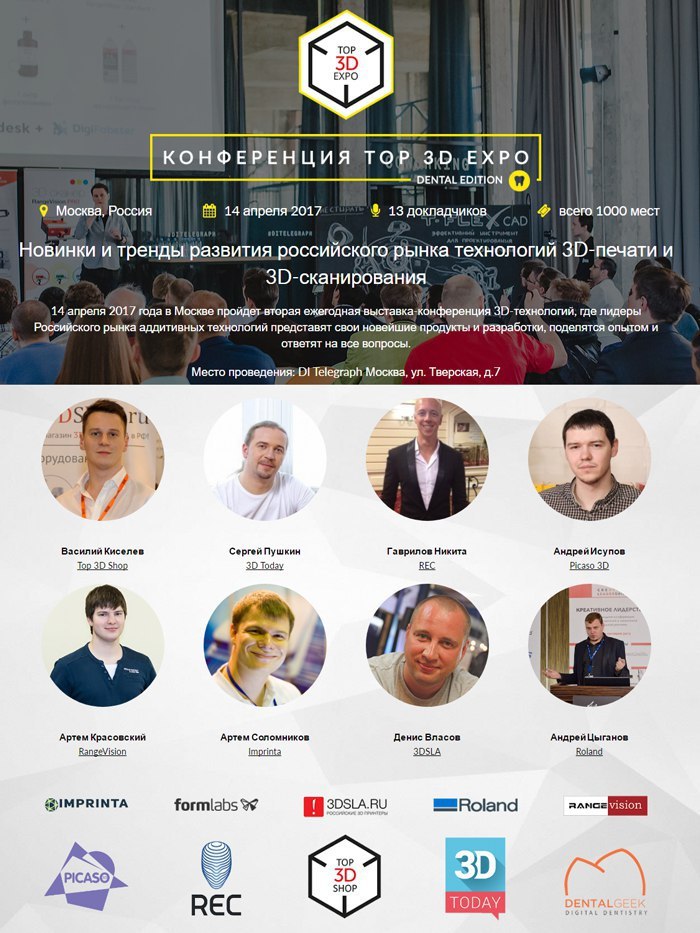3D printing and CNC milling - friends or foes?

Disposition
The situation in the industry is such that CNC and 3D printing are now the most influential technologies in many industries. Do they compete, or complement each other? There are different opinions, consider the question in more detail.
Simplifying, we can say that CNC is a 3D printing on the contrary: 3D printing creates objects by superimposing layer by layer, CNC - choosing material from the workpiece, also in layers. It is like the difference between sculpting a sculpture and cutting it out of marble.
It is obvious that some details reproduce one of these processes more qualitatively. But there are many cases when they work well together, for example, when finishing processing of 3D-printed objects is performed on CNC machines, for polishing, more fine-tuning the size or cutting out small parts.
Different strengths
Does it make sense to use these processes separately? What good is each of them? If you have ever used 3D printing, you know that it is especially good at creating structures with a very complex internal structure.
Starting from an empty platform and imposing a layer upon a layer, you can create a structure of any complexity inside the part, limited only by the technical capabilities of the printer.
A vivid example is the blades of industrial gas turbines and turbojet engines, which were previously manufactured exclusively by casting, and with a huge percentage of rejects, which further increased the already rather big cost. This approach to production was due to their structure - these products have internal cooling channels, which could not create opportunities otherwise.

It was an extremely complex multi-stage technology, and the yield of rejects with such production reached 90%. There is an interesting article in which you can learn more about this process.

Of course, this could not go on forever, additive technologies came into this area. For example: Siemens engineers have developed a process in which the consumption of valuable raw materials has decreased significantly, and the quality of the products obtained has so seriously increased. And the period of development of new turbines - from the idea to the finished sample - has decreased from 2 years to 2 months.
Using heat-resistant nickel alloy powder and selective laser sintering technology, Siemens Power has already created and successfully tested working prototypes of new jet engines - more economical, inexpensive and reliable than previous ones.

This is not the only, but a very typical example of the fact that the CNC is inaccessible in principle, and modern 3D printing tools are already achieved in a regular manner.
In addition, bulk printing is a flexible process that allows you to quickly switch between different projects, and the unit cost is always the same, regardless of the quantity produced. Thus, 3D printing is ideal for the production of personalized and unique objects. It is not surprising that it is becoming more and more in demand and used in many medical and dental highly specialized areas where it is important that the products are precisely tailored to the needs of each specific patient.
But not only unique products - 3D-printing is capable, with the right approach, to create quite ordinary things, with completely serial volumes. Such an example: the American company Local Motors is preparing for the serial production of the electric vehicle Strati, carbon fiber body which will be printed on 3D.

They will be launched for sale in the third quarter of this year.
And the company Voodoo Manufacturing has already organized entire small robotized 3D-plants, where it produces custom batches of up to 10,000 3D-printed products.
You can order an entire batch of printouts remotely, without getting up from the chair.
There are 3D-printing and disadvantages - industrial plants, which are able to print large parts with metal, are still quite expensive.
There is still a restriction on the size of products - most, even industrial 3D printers, are now printing parts that do not exceed the size of a washing machine.
But volume printing shows itself very well in the process of designing any products, making the creation of prototypes and pre-production samples as quick and precise as possible. And in economy 3D printing is out of competition - the amount of waste material tends to zero, no chips.
In the production of large batches, primacy is still in CNC milling — this technology can produce significant quantities of precision quality products from different materials quickly enough and, more importantly, from well-known and proven technology, which is very important if the customer is a huge bureaucratic a corporation that is slowly delving into innovations - this speeds up interaction in matters of all kinds of coordination. Components of commercial and industrial equipment are made precisely for this technology, especially - when it comes to products from high density materials - such as metals.
CNC can also be used for the production of small batches of products, but its cost in such cases, as a rule, is quite large.
Union
Thus, the choice between 3D printing and CNC processing is often determined by the complexity of the production cycle and the mass production. But when these factors do not introduce conflicting critical requirements, these technologies can be combined with great effect.
The brighter and more effective this association becomes when it is implemented in the concept of a single machine. A good example of such a device: DMG MORI LASERTEC 65 3D.

The machine is interesting in that it is capable of both five-axis high-precision milling, metal printing using laser spraying, and automatic switching between these modes within one program, i.e. - when processing the same part.

This approach provides a previously unattainable combination of accuracy, speed and functionality.
There is an urgent need for further research and development of this approach. Producers must meet the growing needs of customers, and they are more and more whimsical and diverse, so technology must be developed so that production does not lag behind demand.
Total
Faster and more efficient production of goods and services, facilitated by the merging of 3D printing technology and CNC processing, will ensure the highest possible economic efficiency.
In particular, together these technologies are capable of solving complex problems in the design that today's manufacturers face, such as facilitating designs and manufacturing products with ever more complex geometries.
It is here that 3D printing, in combination with CNC processing, can achieve more than most other technological processes. The variability in the use of 3D printing is enhanced by the precision of CNC machining, enabling the production of ever more complex objects.
Given that the CNC provides accurate finishing of parts after 3D printing, the use of this technology will not be limited to the release of large quantities.
The trick is to understand the unique value of each technology and apply it in the process of development and production in the most profitable way. In the cycle of prototyping, testing and production, 3D printing and CNC can be used at different stages - somewhere together, somewhere separately. Working with a business partner that uses both technologies means that you will increase the efficiency and effectiveness of your production, and with them the business processes.
Thus, CNC is not at all against 3D - the further, the more they become inseparable and work as a duet.
See
You can see on April 14 in Moscow, at our conference and exhibition Top 3D Expo 2017 - "New products and trends in the development of the Russian market for 3D printing and 3D scanning technologies", which will be held in the very center of the capital, in ID Telegraf - Tverskaya 7.
Practicing professionals will speak at the conference, who will share relevant information and answer questions from participants.
Anyone can become a conference participant - all you need is to book a place on the event website and arrive on April 14, by 3:30 pm - by the beginning of the Additive Part.
Up to three o'clock in the afternoon there will be a specialized part on digital modeling and 3D application in dentistry, if you are interested in this area - come in the morning, by 9:30.

